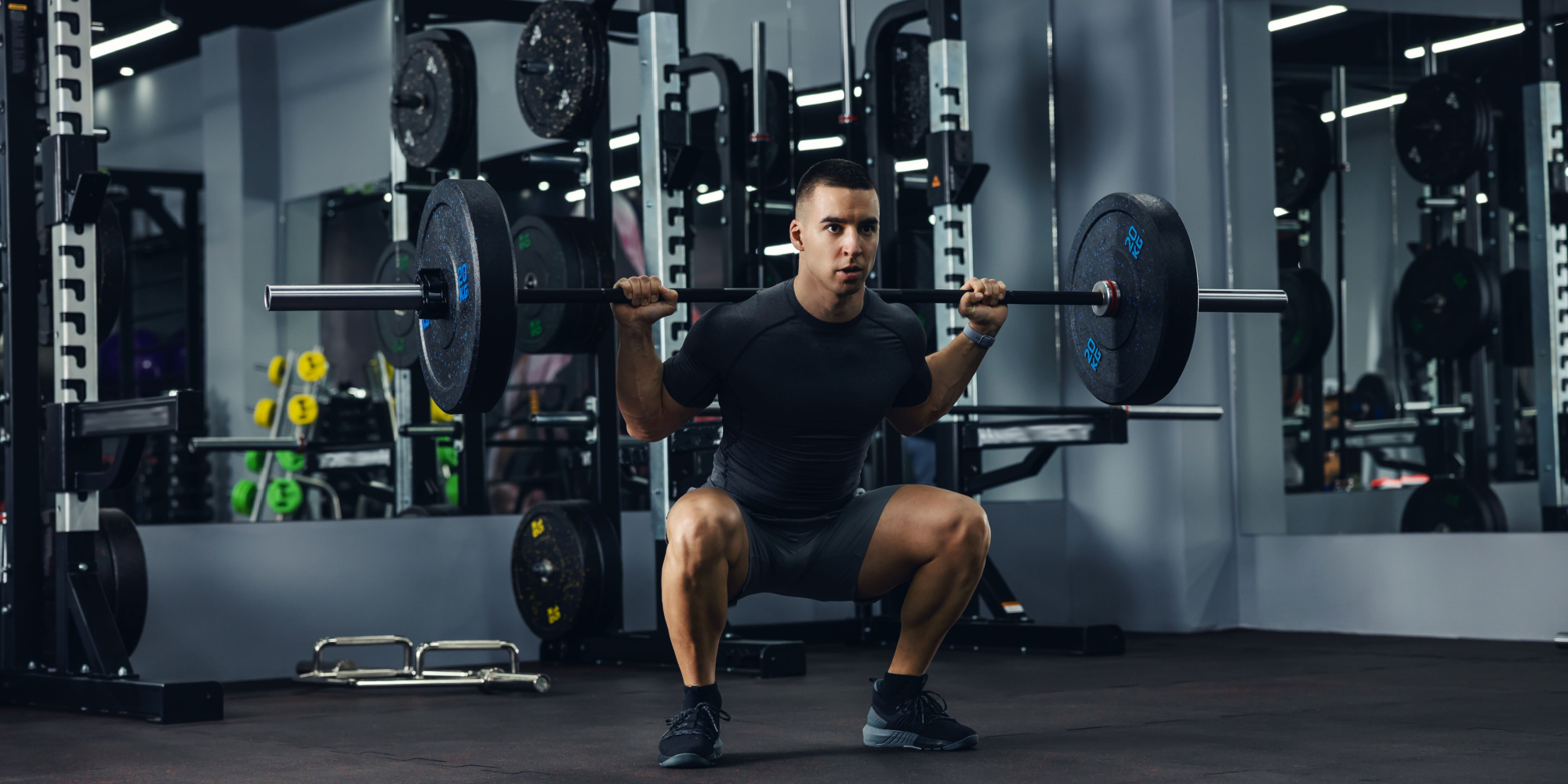How to Gain More Strength on Your Barbell Squat
Aug 18, 2023 mindpumpMost people will argue that squats are the king of exercises. The squat builds muscle, improves muscle function and activation, engages nearly the entire body, and motor unit recruitment. As someone who enjoys lifting, it is VERY easy to become competitive, and want to lift as much as I can, or steadily improve either my squat strength, endurance, or even just mechanics.
I truly believe squats are (nearly) for everyone, as it comes with substantial benefits that can help you move better, get stronger, and look fitter. If you want to gain more strength with your barbell squats, there are some things you can do to help you hit those PRs.
Perfect Technique
When it comes down to it, it really is all about mechanics and proper movement patterns. If you don’t have the technique down, you’ll likely not be able to reach your full potential with barbell movements.
Even if you THINK you have the squat form down, dedicate a gym session to assess your squat mechanics and try to identify areas of improvement. Are your hips hinging, or are you moving in a more vertical plane? Are your shoulders hunched forward, or maybe you have a narrow stance? This may require another person, or personal trainer, to help you, but being able to pinpoint faulty movements patterns and ways to overcome them can be a great step in the right direction.
Manipulate Training Variables
Sometimes we get in a habitual cycle with our training, and we default to the same number of sets and reps per workout. When we do this for an extended period of time (think in terms of months), we tend to get complacent with our training sessions.
Challenge yourself by manipulating the number of sets and reps you’re doing. You may think that sticking to 4 to 5 sets of 6 reps will help you gain the strength you’re looking for, but you may be surprised by the adaptations that can arise from lowering the weight on the barbell and increasing your reps to 15 to 18.
It may sound counterintuitive, but changing your routine and how your muscles are activated can help to set you on the track for optimal gains.
Improve Mobility
If you are lacking mobility in your hips, shoulders, and ankles, you may not be able to lift as much as you would like. With restricted joint movement, it’s much more difficult to correctly set up at the bar, lower your body without extensive spinal flexion or extension, or move fluidly from the eccentric to concentric motions of the exercise.
When we don’t move as well, we can’t lift as well, and therefore not lift as much as we would like.
It’s vital to incorporate mobility training into your routine. I suggest using MAPS Prime Pro, because it can help you identify areas that are lacking in mobility, while offering effective exercises that can improve joint movement and reduce stiffness.
Focus On The Core
Core strength and stability are keys components to lifting heavy when completing barbell squats. Whether the bar is loaded across your upper back or across the front of your shoulders, you have an enormous amount of force acting on the spine. To prevent wear and tear, there should be some emphasis on core training.
Even if it is just spending two days a week for 20 minutes each session, working on your core can help stabilize you through the squat, while preventing flexion and extension in the wrong places. When the core is strong, there is less room for mistakes (meaning injuries), and more room for improvement in strength.
Improve Hip, and Back Strength
The quads are obviously activated when executing a squat, but there is so much more to it. If we are lacking strength in our torso and hips, there will be way more emphasis on the quads, leading to muscle imbalances, potential injuries, and overuse symptoms.
We don’t just want the quads firing; we want the surrounding musculature firing on all cylinders as well. Exercises like Romanian deadlifts, pull-ups, good-mornings, or any exercise that promotes hip powerful hip extension or back strength can help eliminate added stress that would normally be placed on the quads.







